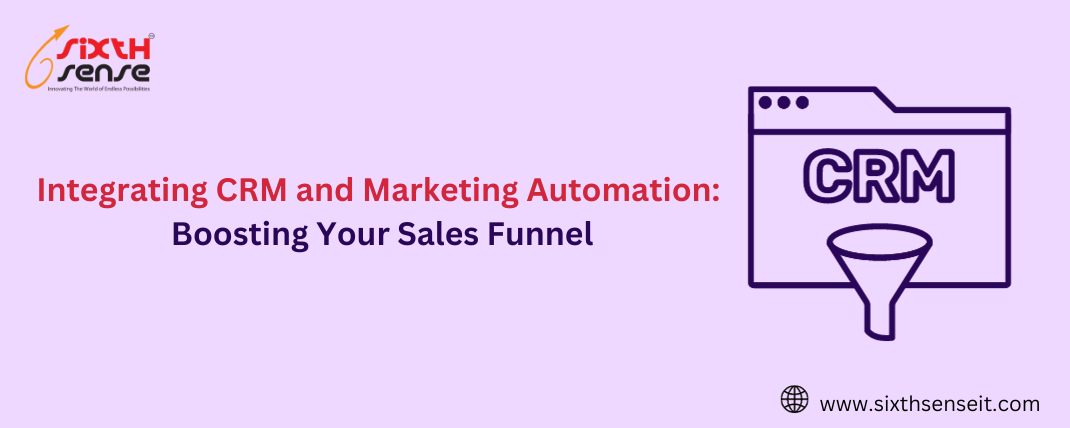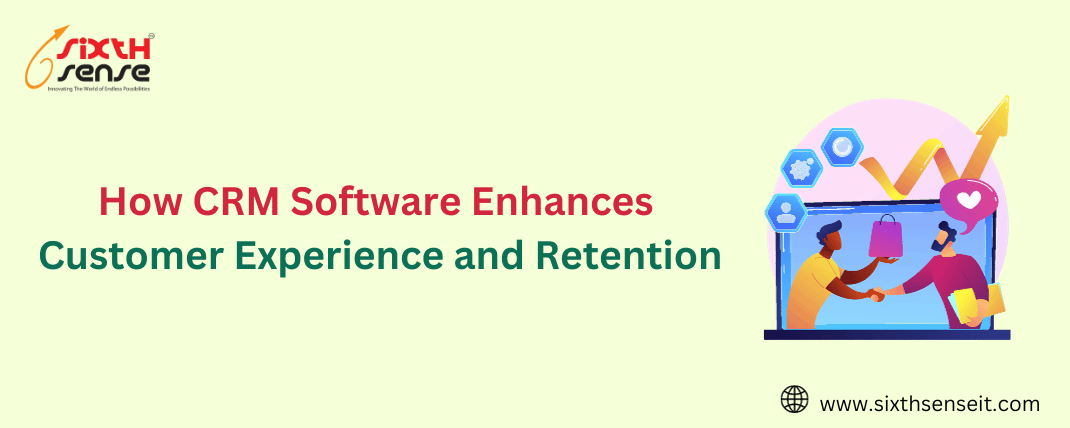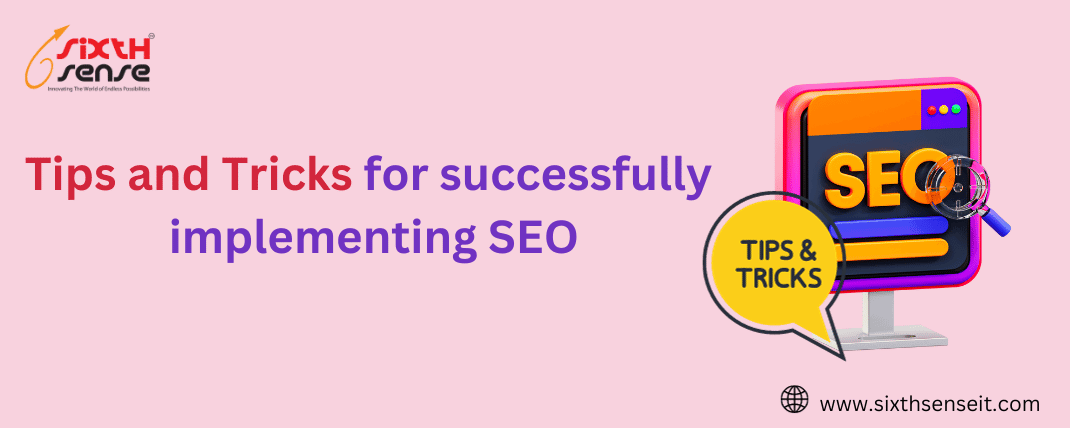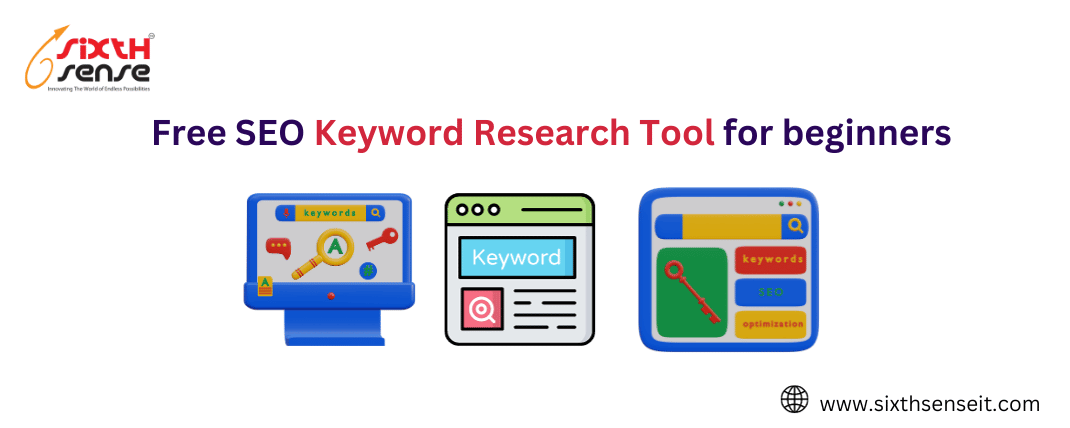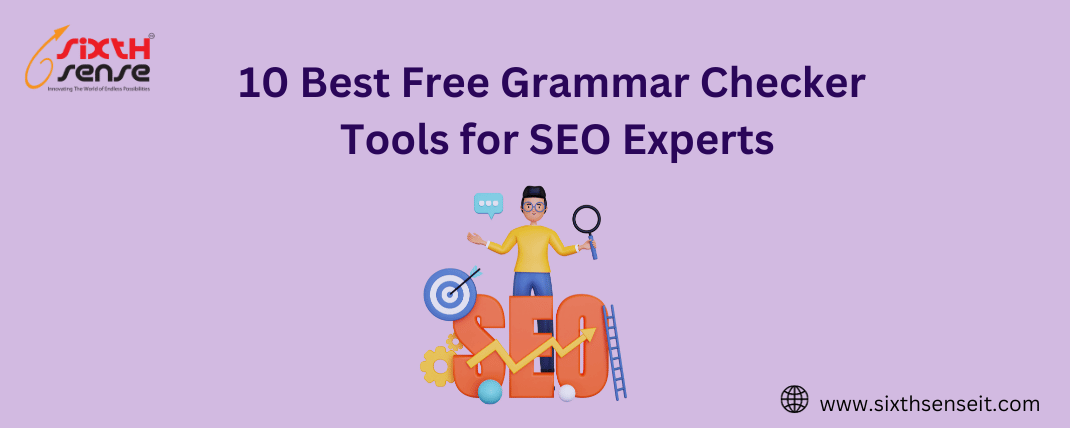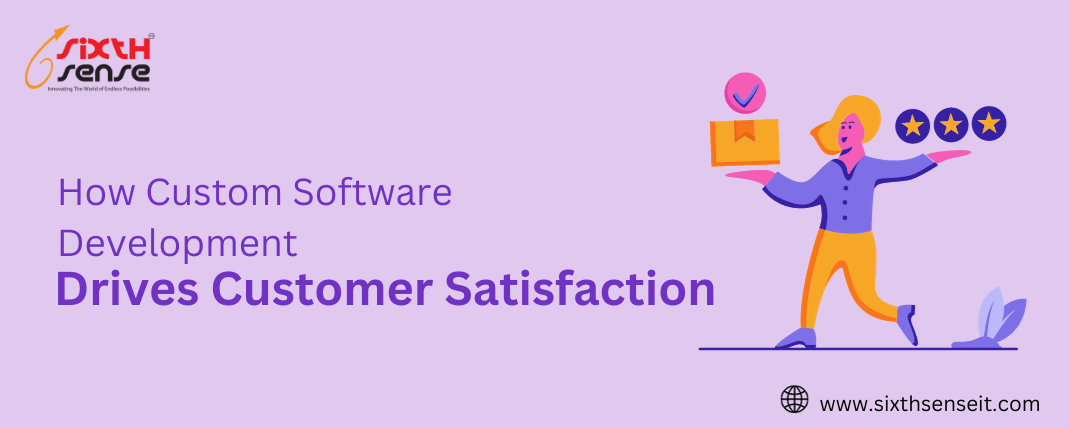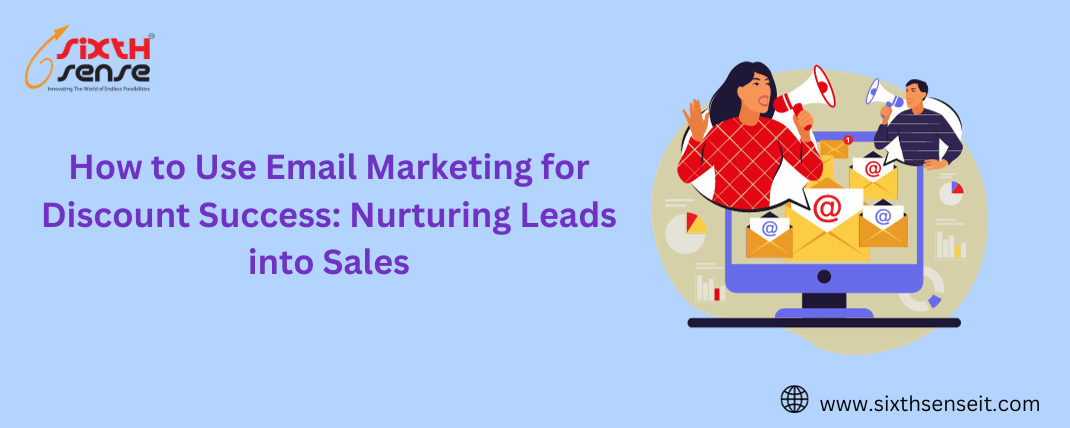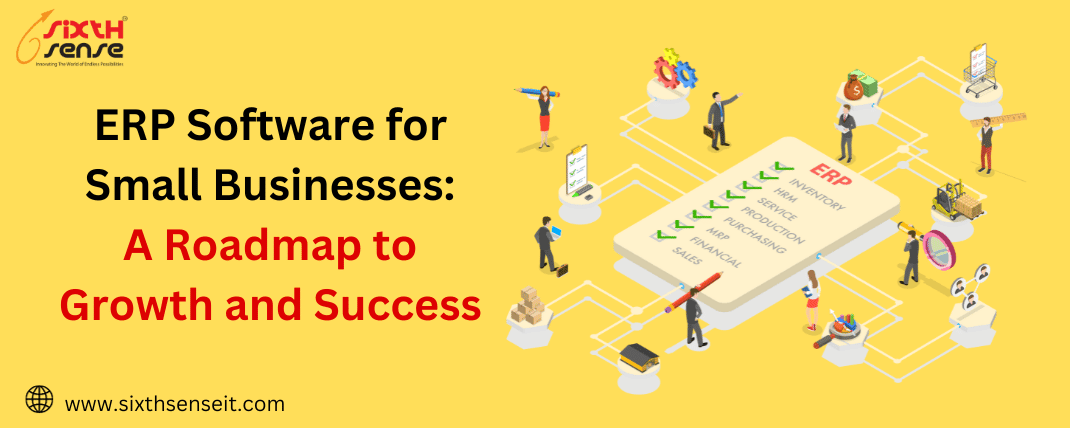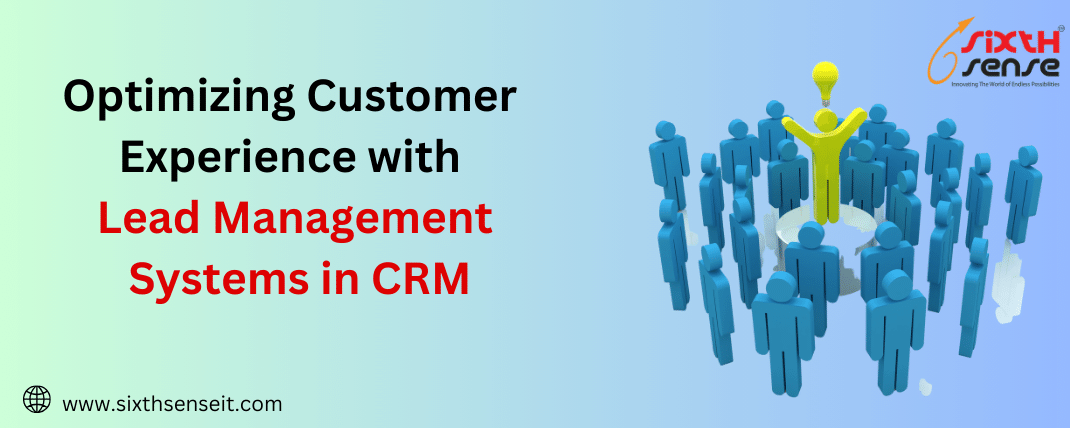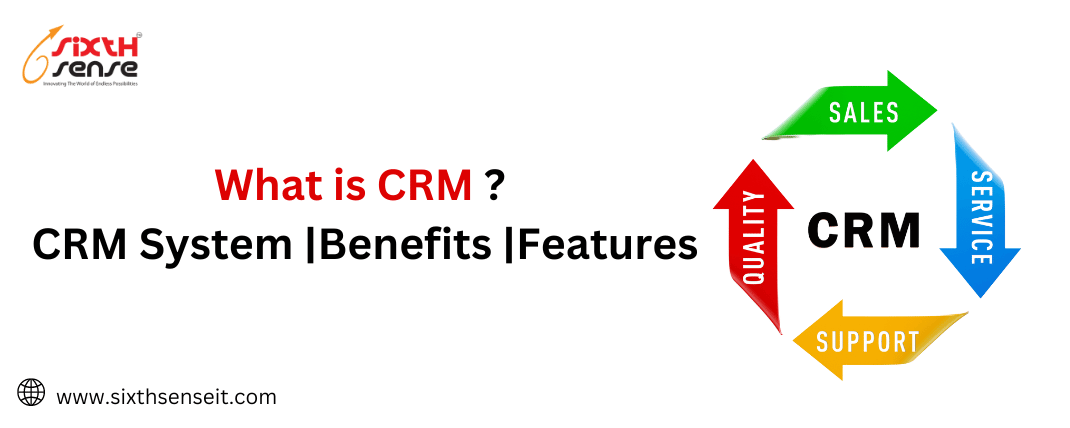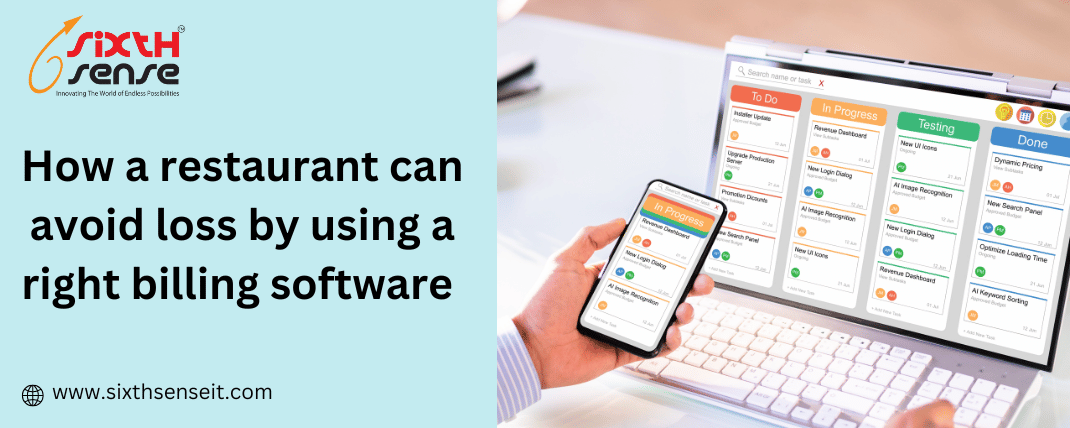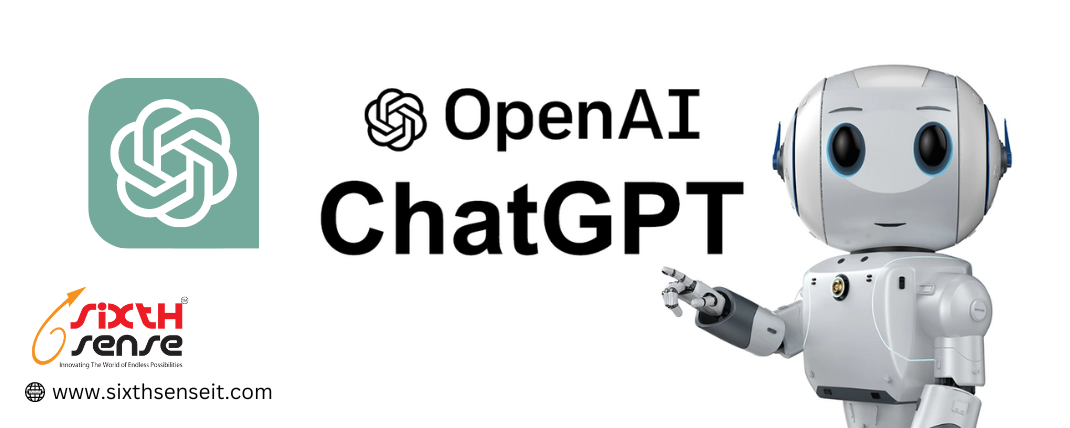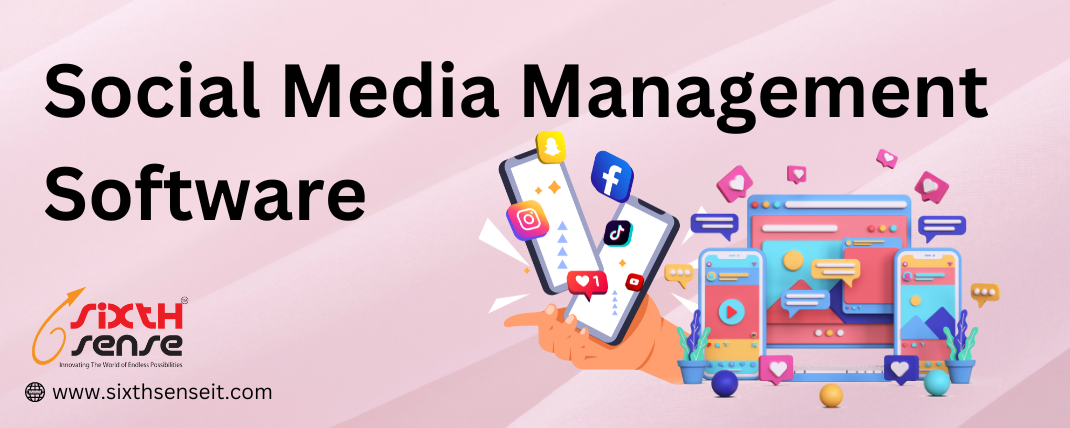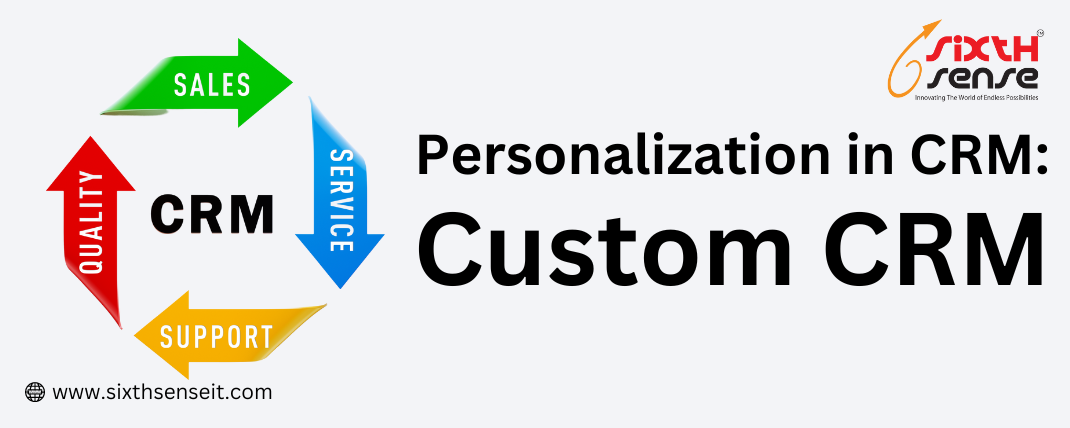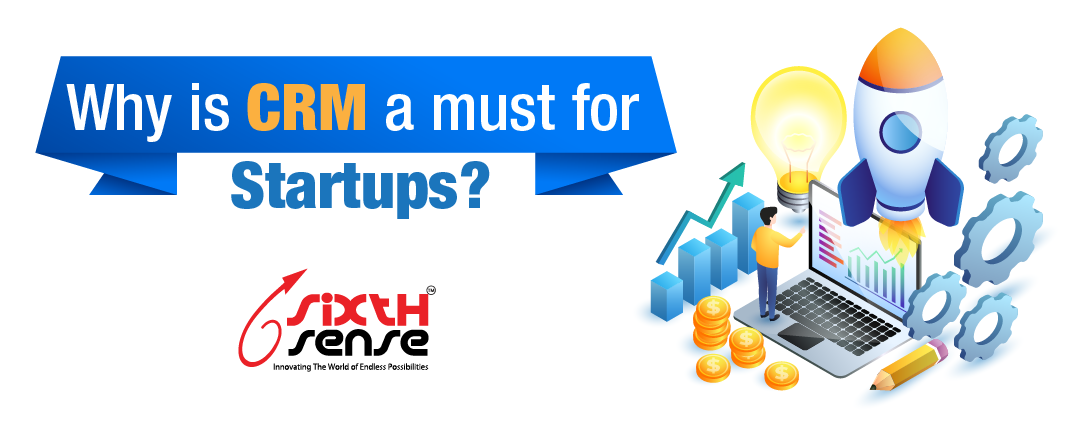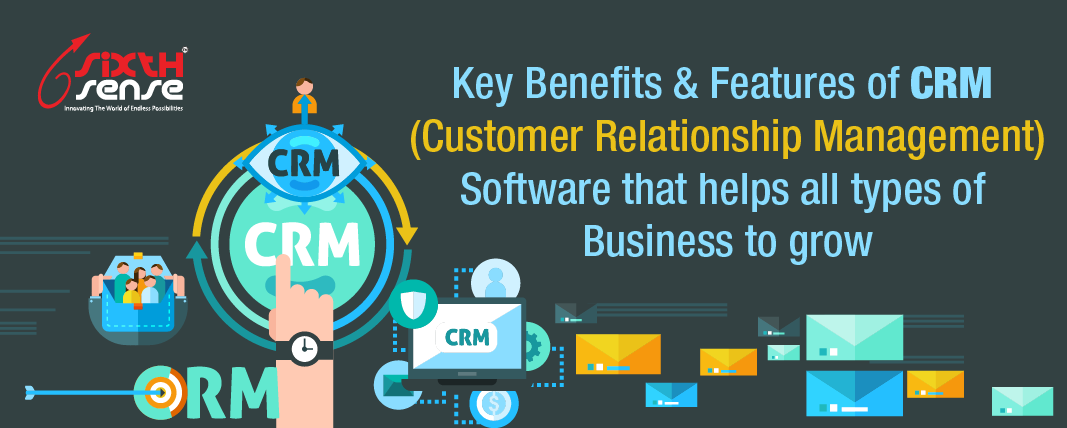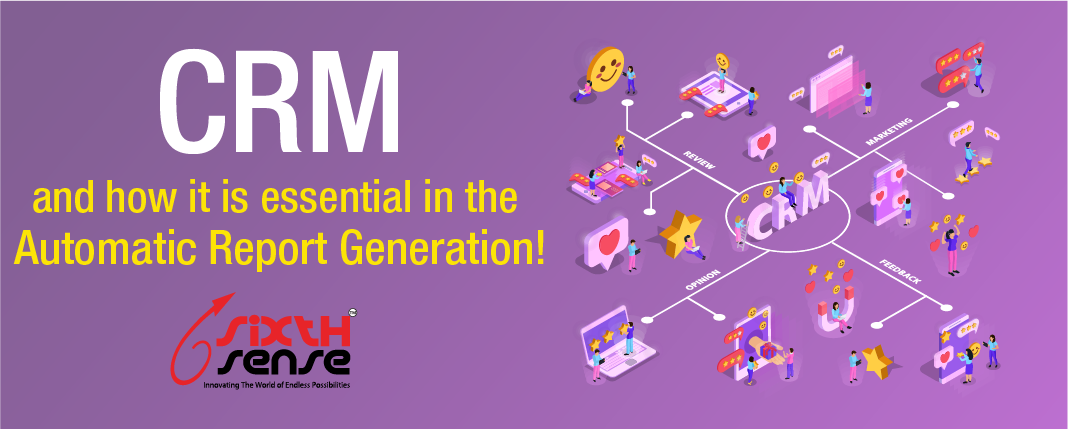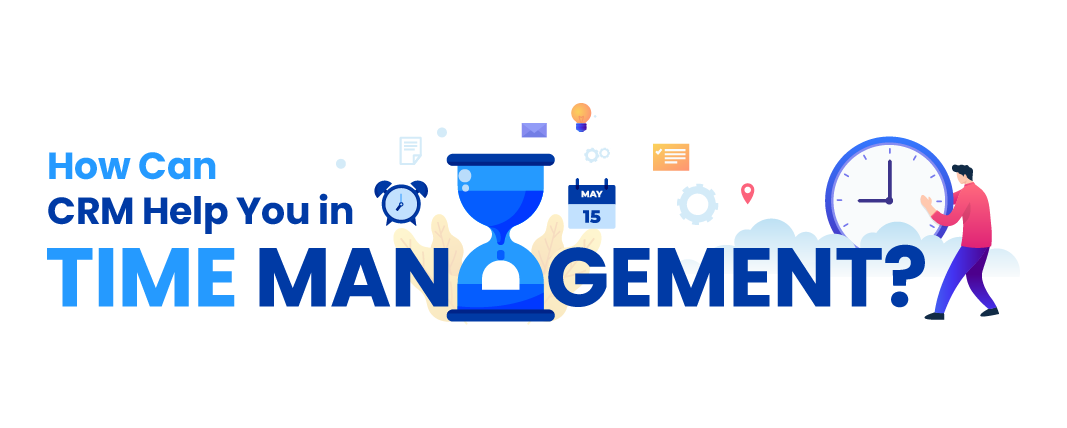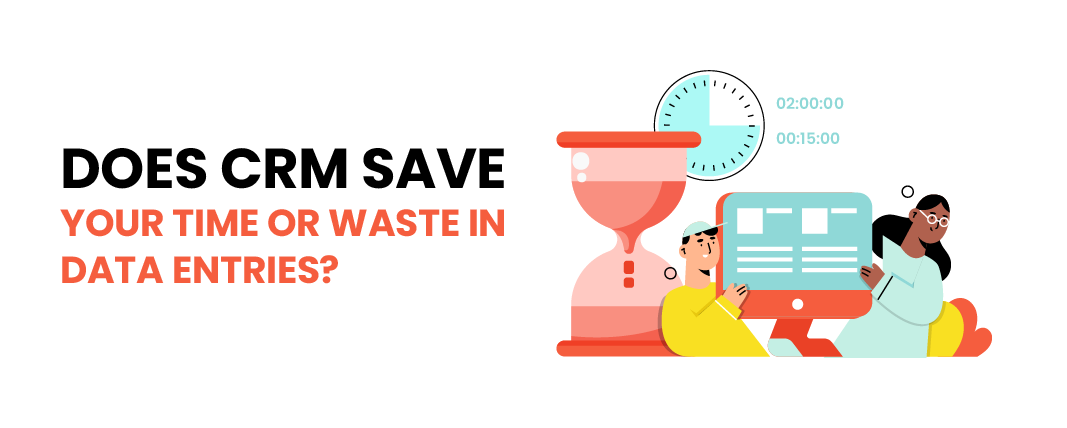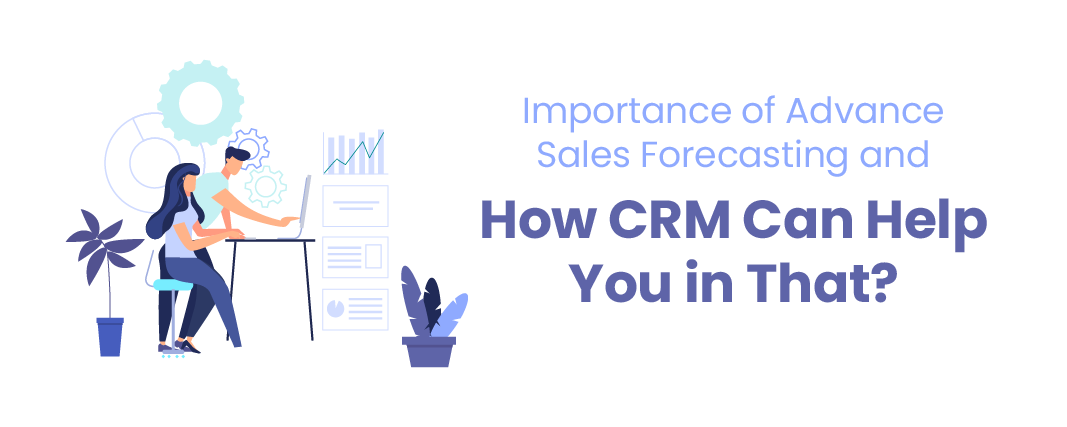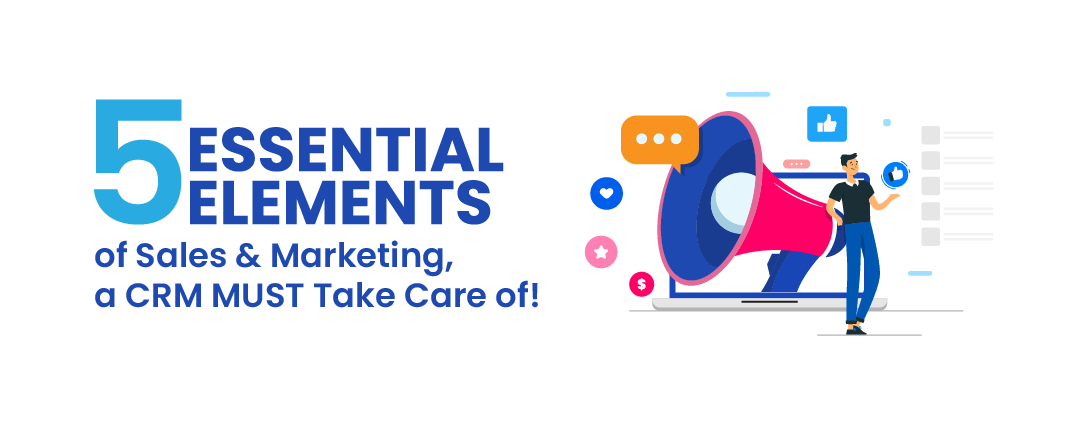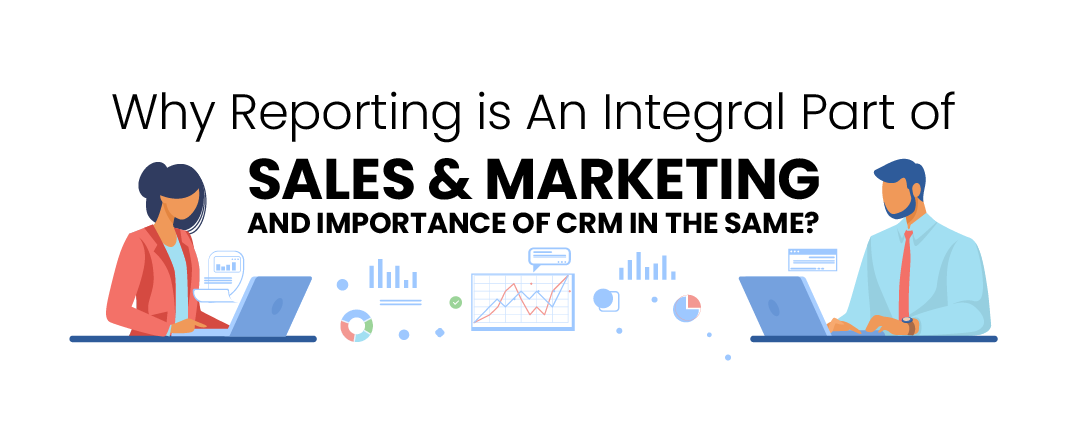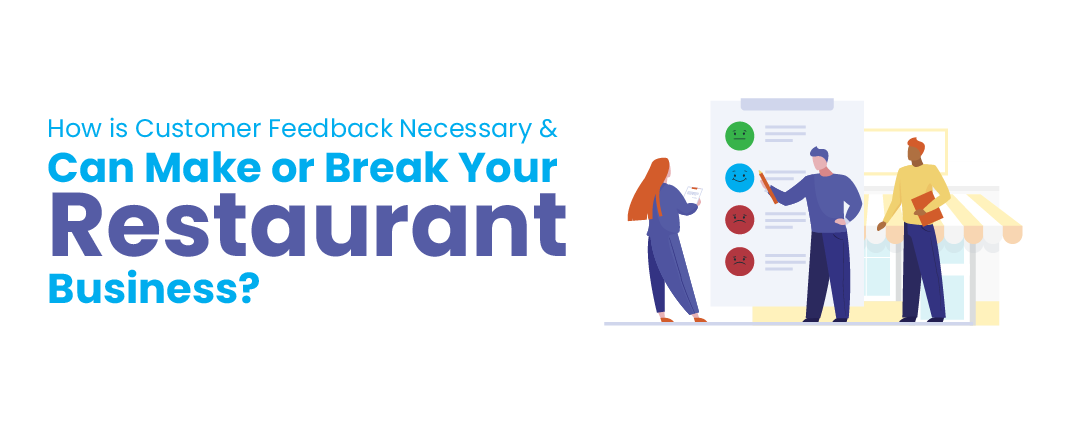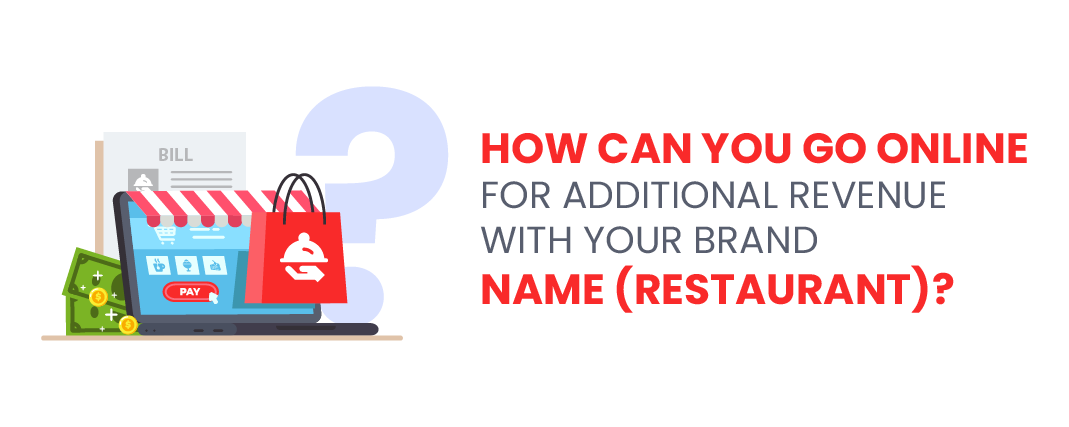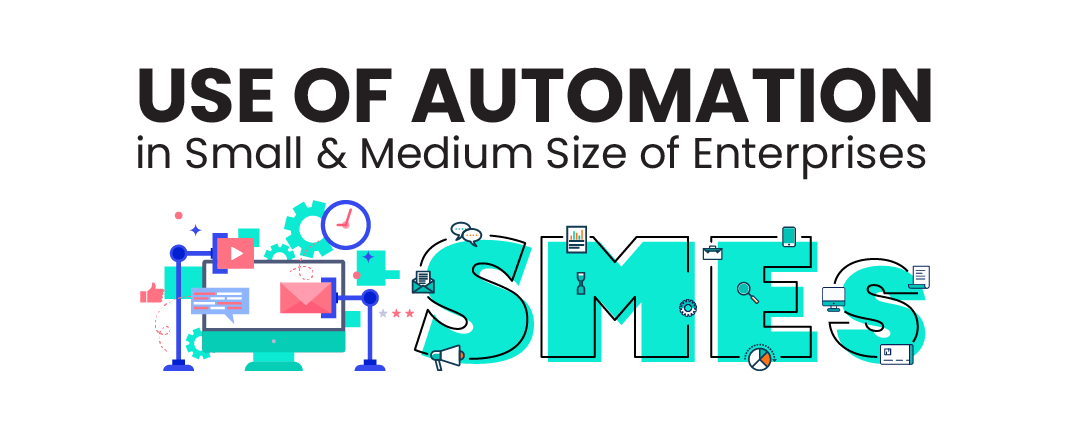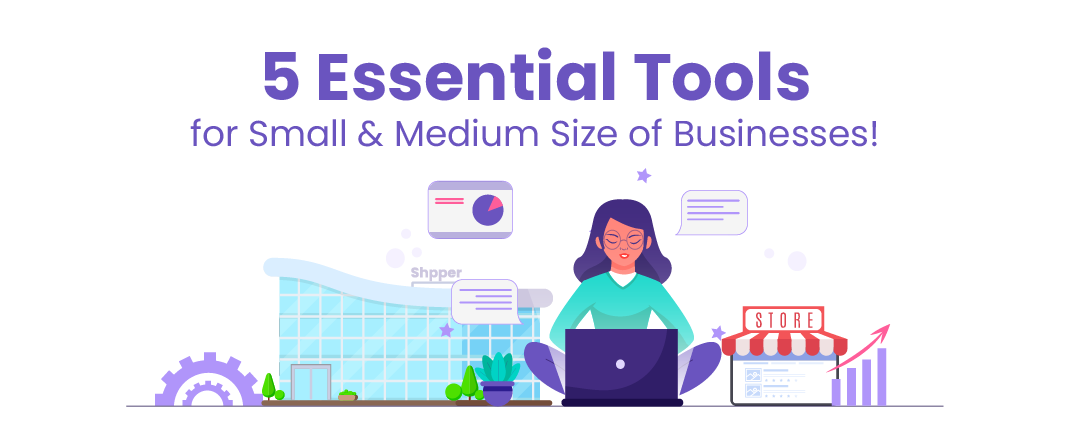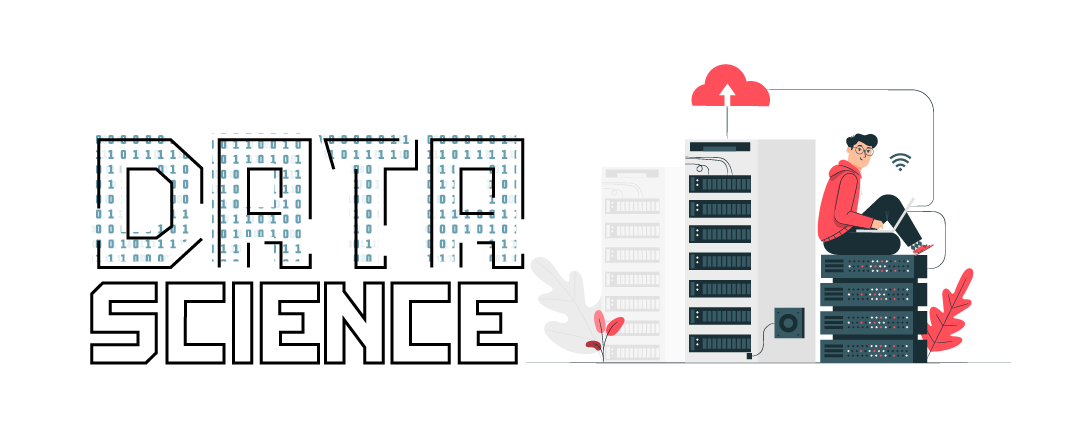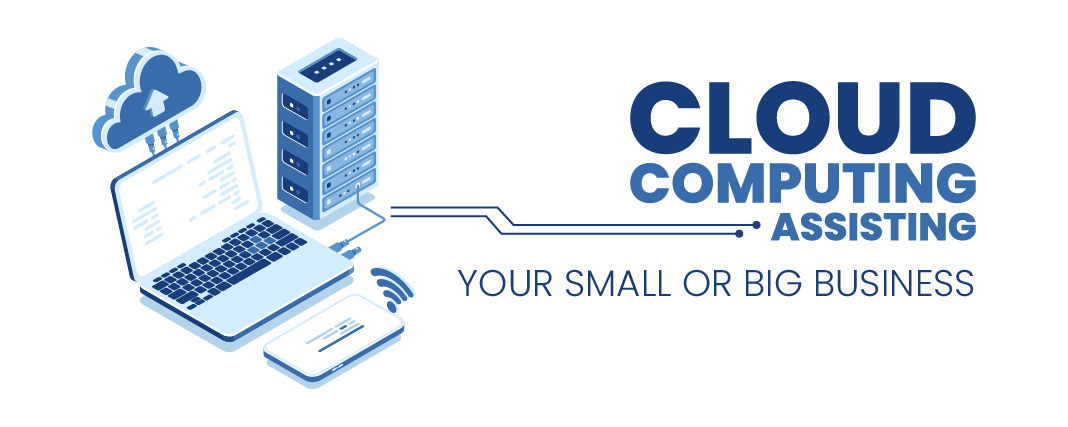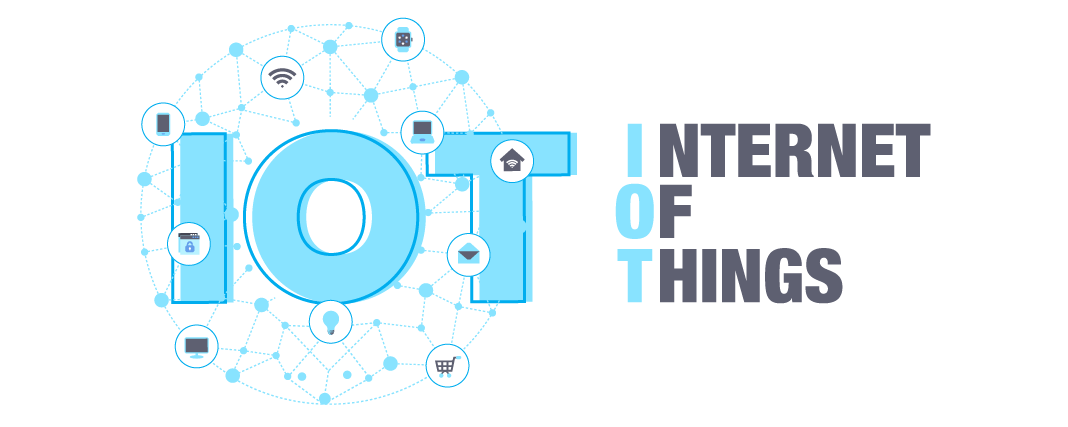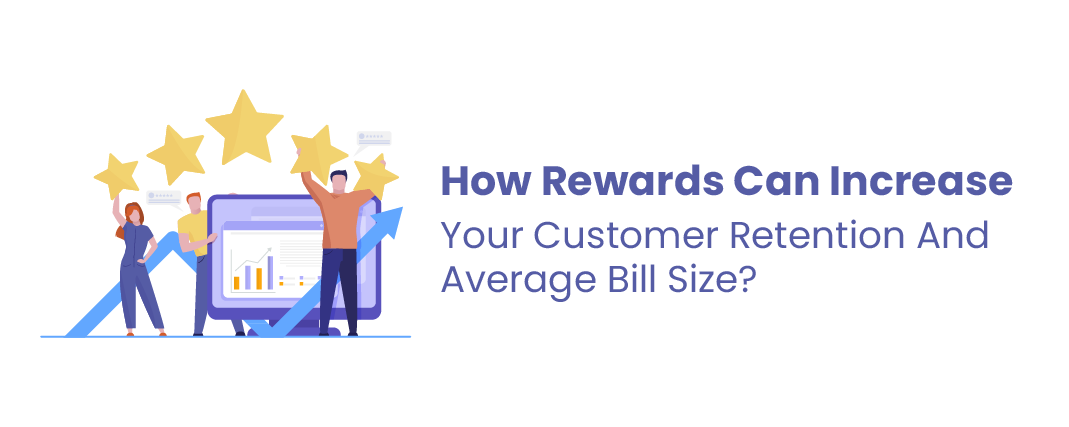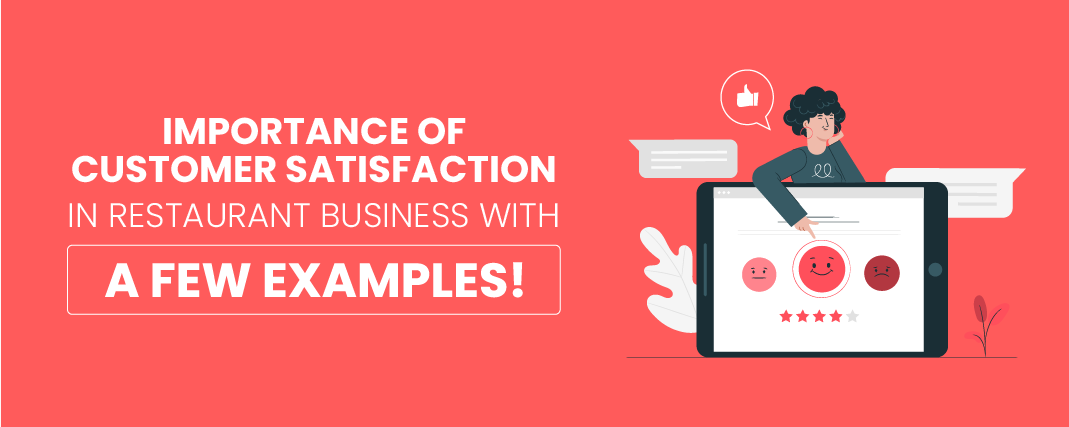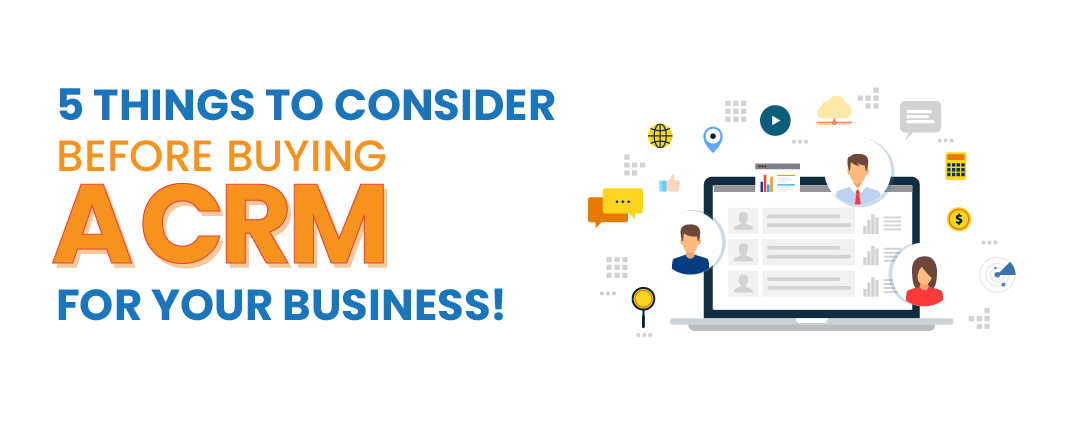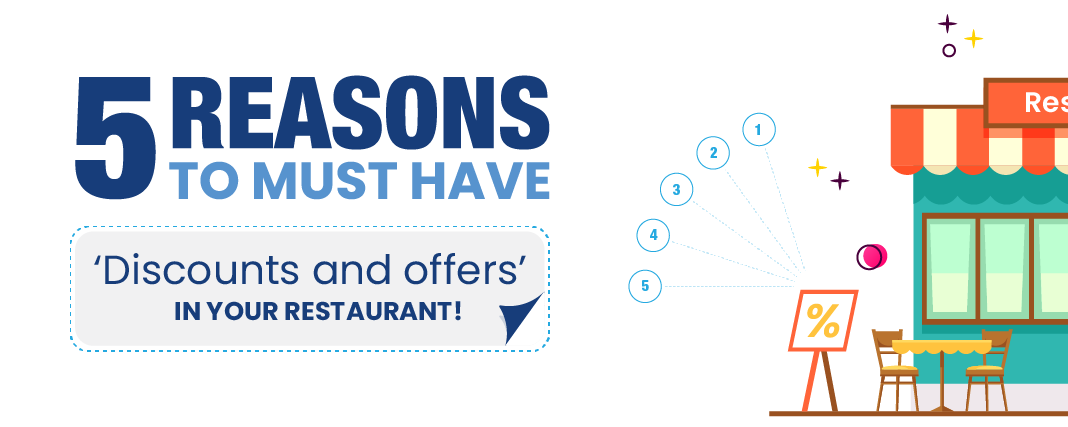
Maximizing the use of marketing automation tools for lead generation
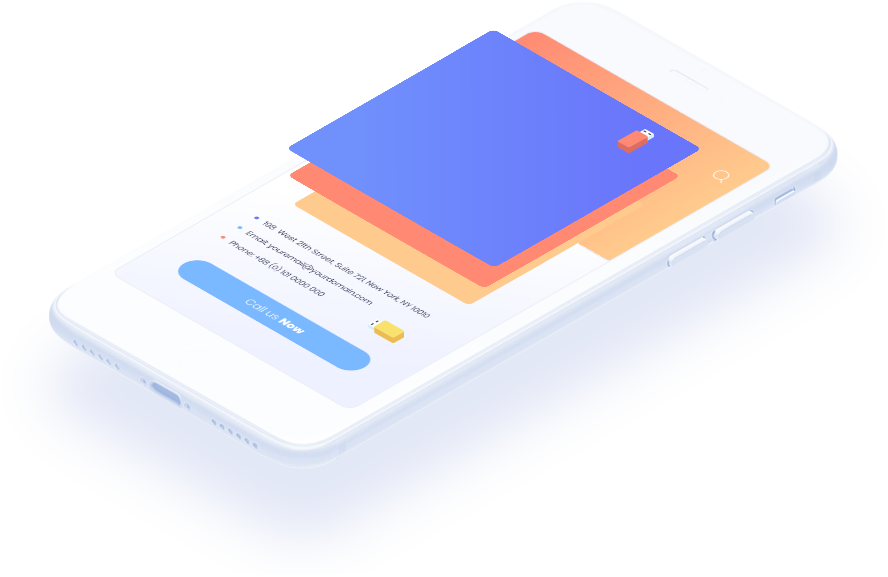
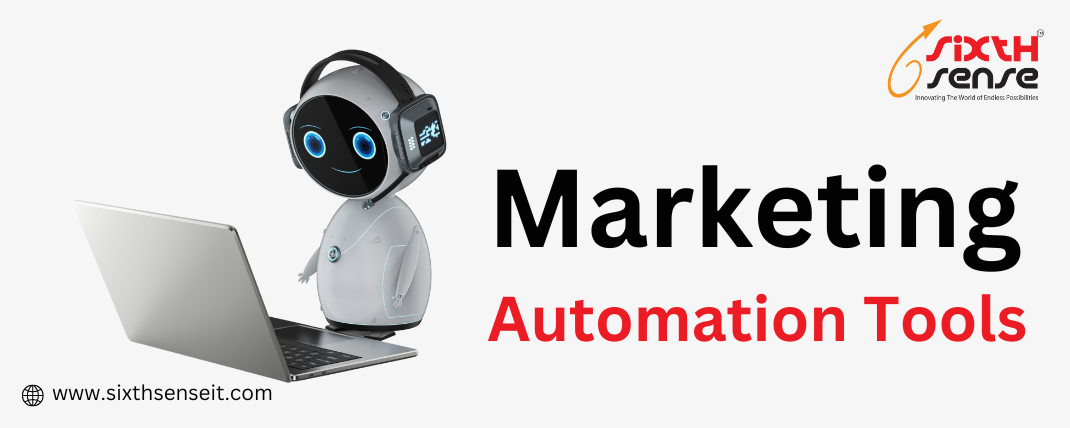
Marketing automation is a powerful tool that allows businesses to streamline their marketing efforts and generate leads more efficiently. By automating repetitive tasks, businesses can focus on more important aspects of their marketing strategy, such as lead generation.
In this blog, we will discuss some ways to maximize the use of marketing automation tools for lead generation.
First, let us understand the basic terms and their meaning.
Marketing automation is the use of technology and software to automate repetitive marketing tasks. It enables businesses to streamline their marketing efforts, increase efficiency, and improve their ROI. Marketing automation software provides a wide range of features such as lead management, email marketing, social media management, and analytics, which allows businesses to automate various marketing tasks, such as lead generation, email campaigns, and social media posts.
Marketing automation can be used to automate a wide range of tasks, such as lead generation, email marketing, social media management, and analytics. It can help businesses to identify leads, nurture them through the sales funnel, and convert them into paying customers. Email marketing can be automated, allowing businesses to send targeted campaigns to specific segments of their audience. Social media management can also be automated, allowing businesses to schedule posts and track their performance. Analytics can be used to track the performance of marketing campaigns and make data-driven decisions to optimize their ROI. With the help of marketing automation, businesses can automate repetitive tasks, save time and resources, and focus on more important aspects of their marketing strategy.
A business should go for marketing automation for several reasons:
Marketing automation allows businesses to automate repetitive tasks, such as lead generation, email marketing, and social media management, freeing up time and resources that can be invested in more important aspects of their marketing strategy.
By using marketing automation, businesses can increase the effectiveness of their marketing campaigns and improve their ROI. By tracking and analyzing their marketing efforts, they can identify what is working and what is not and make data-driven decisions to optimize their campaigns.
Marketing automation enables businesses to manage leads more effectively by identifying, nurturing and converting leads into paying customers. It can also help to segment leads based on their behavior and interests, allowing businesses to create targeted campaigns that will resonate with them.
Marketing automation allows businesses to send personalized communication to their target audience, which helps to increase the chances of converting leads into customers. By using lead segmentation, businesses can create targeted campaigns that will appeal to specific segments of their audience.
Marketing automation allows businesses to scale their marketing efforts as their business grows. With the ability to automate repetitive tasks, businesses can handle a larger volume of leads and customers without increasing their marketing team.
In summary, marketing automation allows businesses to streamline their marketing efforts, increase efficiency, and improve their ROI. It enables businesses to manage leads more effectively, send personalized communication, and scale their marketing efforts as their business grows.
Lead generation is the process of identifying and cultivating potential customers for a business's products or services. It involves a variety of techniques and strategies designed to capture the attention of potential customers and encourage them to provide their contact information, such as an email address or phone number, so that a business can follow up with them and potentially convert them into paying customers. Some common lead generation techniques include creating lead magnets, such as ebooks or webinars, using landing pages and forms, email marketing, and search engine optimization (SEO).
The first step in maximizing the use of marketing automation tools for lead generation is to define your target audience. This will help you tailor your marketing efforts to the specific needs and interests of your target market. By understanding your audience, you can create more effective marketing campaigns that will resonate with them and increase the chances of generating leads.
One way to define your target audience is to create buyer personas. A buyer persona is a fictional representation of your ideal customer. It includes information such as demographics, interests, pain points, and goals. By creating buyer personas, you can gain a better understanding of your target audience and create marketing campaigns that will appeal to them.
Another way to define your target audience is to use segmentation. Segmentation allows you to divide your audience into smaller groups based on specific criteria, such as demographics, behavior, and interests. By segmenting your audience, you can create targeted campaigns that will be more effective in generating leads.
Lead magnets are a great way to generate leads using marketing automation tools. A lead magnet is a valuable piece of content or offer that is exchanged for contact information, such as an email address. This can be anything from an e-book or whitepaper to a free trial or consultation. By offering something of value to your target audience, you can entice them to provide their contact information and become a lead.
Lead magnets are particularly effective in the early stages of the lead generation process, as they allow you to capture contact information from potential customers who may not be ready to make a purchase. By using lead magnets, you can nurture leads and keep them engaged with your brand, increasing the chances of them becoming paying customers in the future.
Landing pages are a great way to generate leads using marketing automation tools. A landing page is a standalone web page that is designed to capture contact information from visitors. This can be done through a form or a lead magnet. By creating targeted landing pages for specific campaigns, you can increase the chances of generating leads.
Landing pages are particularly effective when used in combination with lead magnets, as they allow you to capture contact information from visitors who are interested in the lead magnet. By using landing pages, you can increase the conversion rate of your lead generation efforts, as visitors are more likely to provide their contact information when they are presented with a clear call-to-action.
Email marketing is a powerful tool for lead generation, and marketing automation tools can help you streamline the process. By using marketing automation tools, you can create targeted email campaigns that are triggered by specific actions, such as visiting a landing page or downloading a lead magnet. This allows you to nurture leads and keep them engaged with your brand.
Email marketing is particularly effective in the later stages of the lead generation process, as it allows you to keep leads engaged with your brand and move them closer to becoming paying customers. By using email marketing, you can increase the chances of converting leads into customers.
Finally, to maximize the use of marketing automation tools for lead generation, it is important to use analytics. By tracking and analyzing your marketing efforts, you can identify what is working and what is not. This allows you to make data-driven decisions and optimize your campaigns
Marketing automation tools can be used to create and distribute lead magnets, such as ebooks or webinars, in order to capture the contact information of potential customers.
Marketing automation tools can be used to create targeted landing pages that are designed to capture contact information from visitors. This can be done through forms or lead magnets.
Marketing automation tools can be used to create targeted email campaigns that are triggered by specific actions, such as visiting a landing page or downloading a lead magnet. These campaigns can be used to nurture leads and keep them engaged with the brand.
Marketing automation tools can be used to schedule and publish social media posts, as well as track engagement and followers.
Marketing automation tools can be used to track the performance of marketing campaigns and make data-driven decisions to optimize their ROI.
Marketing Automation tool can be used to score leads based on their engagement and behavior, allowing businesses to identify which leads are most likely to convert into customers.
Marketing Automation tools integrate with CRM systems, allowing businesses to store, manage and track lead interactions and customer data in one central location. Miss CRM one of the most helpful tool for lead generation and lead conversion.
The first step in maximizing the use of marketing automation tools for lead generation is to define your target audience. This will help you tailor your marketing efforts to the specific needs and interests of your target market. By understanding your audience, you can create more effective marketing campaigns that will resonate with them and increase the chances of generating leads.
One way to define your target audience is to create buyer personas. A buyer persona is a fictional representation of your ideal customer. It includes information such as demographics, interests, pain points, and goals. By creating buyer personas, you can gain a better understanding of your target audience and create marketing campaigns that will appeal to them.
Another way to define your target audience is to use segmentation. Segmentation allows you to divide your audience into smaller groups based on specific criteria, such as demographics, behavior, and interests. By segmenting your audience, you can create targeted campaigns that will be more effective in generating leads.
Lead magnets are a great way to generate leads using marketing automation tools. A lead magnet is a valuable piece of content or offer that is exchanged for contact information, such as an email address. This can be anything from an e-book or whitepaper to a free trial or consultation. By offering something of value to your target audience, you can entice them to provide their contact information and become a lead.
Lead magnets are particularly effective in the early stages of the lead generation process, as they allow you to capture contact information from potential customers who may not be ready to make a purchase. By using lead magnets, you can nurture leads and keep them engaged with your brand, increasing the chances of them becoming paying customers in the future.
Landing pages are a great way to generate leads using marketing automation tools. A landing page is a standalone web page that is designed to capture contact information from visitors. This can be done through a form or a lead magnet. By creating targeted landing pages for specific campaigns, you can increase the chances of generating leads.
Landing pages are particularly effective when used in combination with lead magnets, as they allow you to capture contact information from visitors who are interested in the lead magnet. By using landing pages, you can increase the conversion rate of your lead generation efforts, as visitors are more likely to provide their contact information when they are presented with a clear call-to-action.
Email marketing is a powerful tool for lead generation, and marketing automation tools can help you streamline the process. By using marketing automation tools, you can create targeted email campaigns that are triggered by specific actions, such as visiting a landing page or downloading a lead magnet. This allows you to nurture leads and keep them engaged with your brand.
Email marketing is particularly effective in the later stages of the lead generation process, as it allows you to keep leads engaged with your brand and move them closer to becoming paying customers. By using email marketing, you can increase the chances of converting leads into customers.
Finally, to maximize the use of marketing automation tools for lead generation, it is important to use analytics. By tracking and analyzing your marketing efforts, you can identify what is working and what is not. This allows you to make data-driven decisions and optimize your campaigns



